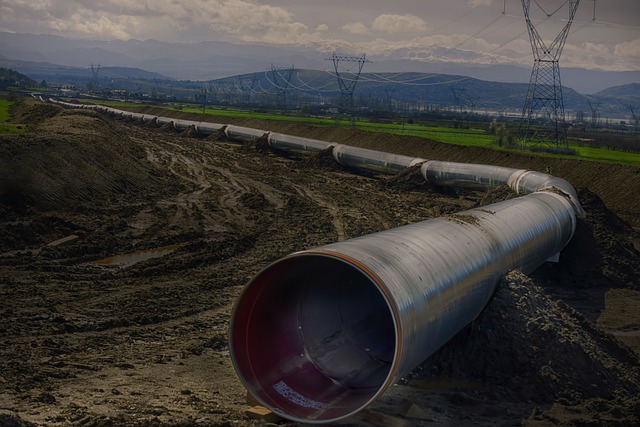DIY pipe insulation is a growing trend among homeowners seeking energy efficiency and savings. By insulating pipes, individuals can reduce energy bills and prevent freezing risks. Using materials like fiberglass or foam, suitable for specific applications and environmental conditions, allows for cost-effective and eco-friendly thermal protection. Proper selection considers piping type, temperature extremes, accessibility, budget, and safety certifications to ensure effective insulation and prolong plumbing system lifespan.
Looking to insulate your pipes like a pro? DIY pipe insulation is an easy, effective way to prevent freezing, reduce energy bills, and prolong plumbing life. This comprehensive guide covers everything you need to know, from understanding the basics of DIY pipe insulation to choosing the best materials for your specific needs. Discover top picks, learn essential factors to consider, and master the art of keeping your pipes happy and healthy year-round.
- Understanding DIY Pipe Insulation: Why and When to Insulate Pipes
- Top Pipe Insulation Materials: Features and Applications
- Choosing the Ideal DIY Pipe Insulation: Factors to Consider
Understanding DIY Pipe Insulation: Why and When to Insulate Pipes

DIY pipe insulation has become an increasingly popular task for homeowners and do-it-yourself enthusiasts, driven by both practical and financial considerations. By taking on this project, individuals can significantly enhance the energy efficiency of their homes while also reducing potential risks associated with exposed pipes. Insulating pipes is particularly crucial during colder months to prevent water pipes from freezing, which can lead to costly damages.
When deciding to insulate pipes, it’s essential to consider factors such as the type of pipes (copper, PVC, etc.), the climate you live in, and specific areas of your home that are prone to temperature extremes. DIY insulation is recommended when you want to save on labor costs and have basic DIY skills. It’s a great way to maintain control over your home’s plumbing system and ensure its longevity.
Top Pipe Insulation Materials: Features and Applications

When it comes to DIY pipe insulation, several top materials offer excellent thermal and sound insulation properties, ensuring efficient energy conservation in homes and buildings. Fiberglass is a popular choice due to its low cost and versatility. It’s effective in insulating pipes of various sizes and can easily wrap around them for a snug fit. Additionally, fiberglass is resistant to moisture, making it suitable for both indoor and outdoor applications.
Another top material is foam insulation, known for its high R-value, which provides superior thermal resistance. Foam pipe insulation is lightweight, easy to cut, and fits tightly around pipes. It’s particularly useful in areas where space is limited or when insulating multiple pipes simultaneously. Moreover, foam insulation can be made from recycled materials, making it an eco-friendly option for DIY enthusiasts looking for green solutions.
Choosing the Ideal DIY Pipe Insulation: Factors to Consider

When selecting DIY pipe insulation, several factors come into play to ensure optimal performance and efficiency. First and foremost, consider the type of pipes you’re working with – whether they carry hot or cold water, steam, or gas. Different materials have varying R-values, which measure their ability to resist heat transfer; choose one tailored to your specific application. Additionally, factor in environmental conditions such as temperature fluctuations and moisture levels.
Next, assess accessibility and ease of installation. Some DIY pipe insulation options are more flexible and easier to maneuver around tight corners and complex layouts, while others may require professional tools for cutting and fitting. Cost is another critical consideration; balance the budget with the desired level of thermal protection and long-term sustainability. Remember to check for any necessary safety certifications and guidelines to ensure a safe and effective insulation solution.
When selecting the best DIY pipe insulation, consider your specific needs, environmental factors, and budget. By understanding the unique features and applications of various materials, you can make an informed decision that ensures efficient energy savings and prevents pipe damage. Remember, the right insulation choice can significantly impact both your home’s comfort and utility costs.
